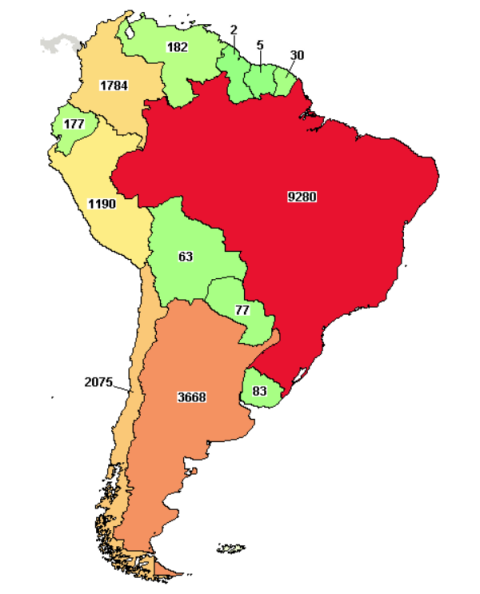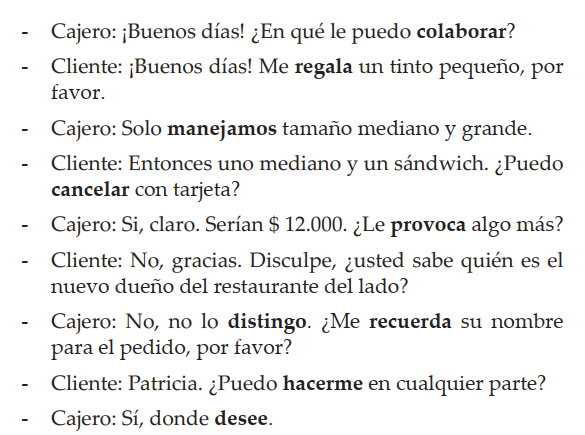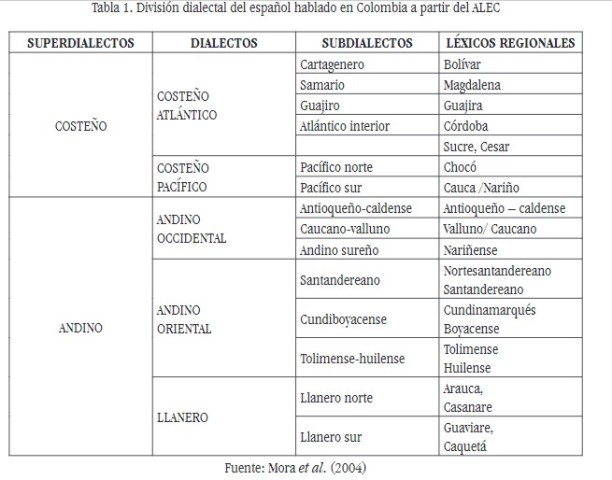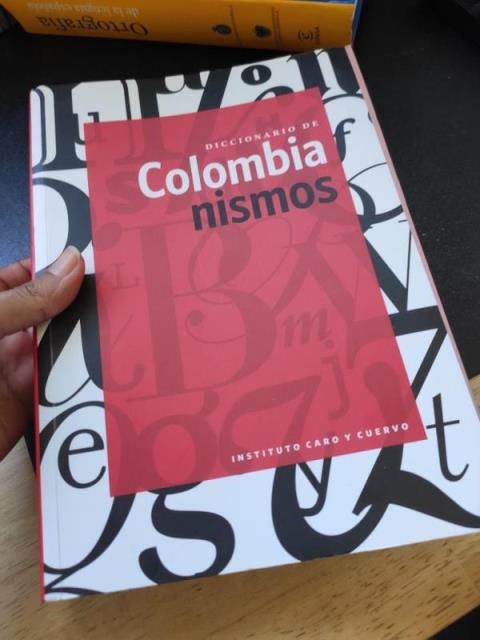
Colombian Spanish translations
For the last year, and to celebrate Colombian Independence Day on July 20, I’ve been sharing more and more terms, characteristics, and curiosities of Colombian Spanish or slang on social media.
I imagine some people (especially those of you who see my posts in Spanish pop up in their feed) ask themselves why I talk so much about Colombian Spanish and what makes it different from “neutral” Spanish.
Today I’d like to take the time to answer this! My take is a personal one and is shaped by my experience as a Colombian medical translator living abroad and my interactions with Spanish speakers from other countries, as well as with clients and colleagues who use other languages.
Note: The use of “American” in this text refers to the Americas. “Hispanic America” is used instead of “Latin America”, as the latter term includes Brazil and other countries where Spanish is not relevant.
Why Colombia? Some facts about Colombia

When you think of Colombia, the first thing that often comes to mind is its turbulent history of violence. But there’s so much more to Colombia that makes it relevant from both a linguistic and business standpoint.

Do Colombians need targeted translations?

Is there a Colombian Spanish?
Definitely! The following image is a conversation that wouldn’t be easily understood outside of Colombia.

Colombia boasts the oldest Spanish Language Academy (after Spain) and is home to a renowned linguistic institute called the Instituto Caro y Cuervo, which authored the Dictionary of Colombianisms and many other language-related studies and corpora.
Another characteristic is that language, in a largely unequal country, is one of the most powerful class differentiators, and people will make conscious efforts to sound cultured and polite whenever possible.
Until fairly recently, Colombia was a highly centralized country, with significant physical barriers between regions. Because of this—and in addition to our own general Colombian slang called “Colombianisms”—there are big differences in spoken Spanish across regions. As is the case in many other countries (and perhaps as an inheritance of existing prejudices) the dialect spoken in the capital is often associated with notions of culture, class, intelligence, and prestige.

We also have lots of weird characteristics that vary by area, like the informal use of “usted” or many different uses of “vos” (though distinct from those in Argentina).
In my case, my Colombian dialect is from the Atlantic Coast. The positive aspect of this is that I’m fully au fait with Colombian Spanish in general, and my Spanish also has a lot in common with other Caribbean countries, as well as the Andalusian and Canary dialects in Spain.

I’ve been sharing some Colombianisms on LinkedIn, so feel free to follow the hashtag #colombianismos to check them out!
In Colombia, we also have our own Colombian Association of Translators, Terminologists, and Interpreters (ACTTI), and guess what? I’m a member too!
One industry that needs Colombian texts

The pharmaceutical industry is just one example of an industry that definitely needs localized and adapted texts in Colombian Spanish. As shown on the map at the beginning, there are a little less than 2000 clinical trials going on in Colombia right now. While many of these are conducted within the country with documentation that is already in Colombian Spanish, many others have their documentation in English (and so require translation) or in a different variant of Spanish (and so require adaptation).
Here are some examples:
Informed consent forms
An informed consent form must be fully understood by the person reading it, and sometimes this entails using a low register that includes colloquial words to make the text perfectly clear for potential patients.
It should also be adapted to the specific context of Colombia.
To illustrate this, let me share an experience I had while reviewing an informed consent form for a clinical trial. It mentioned calling a national hotline for suicide ideation. This was copied verbatim in Spanish. The problem was that Colombia doesn’t have national hotlines, only regional and local ones. For this reason, it was necessary to know the study sites’ locations to provide patients with the correct information.
Not being attentive to these small details could mean leaving a patient without support in a potentially life-threatening situation.
Questionnaires and clinical outcome assessments
The results of these instruments can be less valid when variables, like confusing text, are introduced. That’s why they need to be adapted specifically for each country, as mandated by most relevant guidelines.
An example of necessary adaptations is the inclusion of references to daily activities and functioning. This requires thorough knowledge of how these activities are commonly referred to in Colombia.
As an example of how general “neutral” Spanish doesn’t work, consider the usage of the verb “coger” to mean “take” in Colombia. In most Hispanic America countries this has a sexual meaning. For this reason, it appears in almost every list of words to avoid for Hispanic America, and translators don’t use it in a “neutral” translation. It would take someone familiar with Spanish in Colombia to know that alternatives to “coger”, such as “tomar” or “agarrar”, sound foreign and out of place in most cases.
In a previous article, I have some other examples of cultural adaptation in the translation of neuropsychological tests.
Health regulatory documentation
As I mentioned before, Colombia’s regulatory agency for health products is called INVIMA. This agency has its own forms, terms, and procedures for the submission of clinical trial and medical device documentation.
Colombia also has a standardization organization called ICONTEC (Colombian Institute of Technical Standards and Certification), which adapts and produces relevant documentation for many industries, often drawing from ISO, the IEC, and other standardization organizations.
Furthermore, the country has its own local laws governing health regulations, medical devices, clinical trials, and data protection, that are specific to the Colombian context.
Conclusion
I hope this article has given you some insights into Colombian Spanish and how it can differ from general Hispanic America Spanish.
Of course, we’re not special in this regard, as all countries have their own unique characteristics. But Colombia does stand out as one of the most culturally and demographically significant countries in the region. Companies aiming to make a name for themselves here need to grasp this fundamental concept to be able to effectively communicate their messages and achieve their goals in the region.
Aside from that, when what is at stake is patients’ health, it’s imperative to avoid any communication issues that could endanger lives or compromise the results of health-related studies.
Fortunately, you can rely on me as your Colombian Spanish translator to assist you with translations (medical and psychology translations), editing/proofreading, and language consulting to adapt your documentation for Colombian readers.

is a psychologist and English to Spanish translator. She specializes in the fields of psychology, healthcare and medicine, and education. In this blog, she writes about everything she knows or has learned that could be useful or of interest to you!